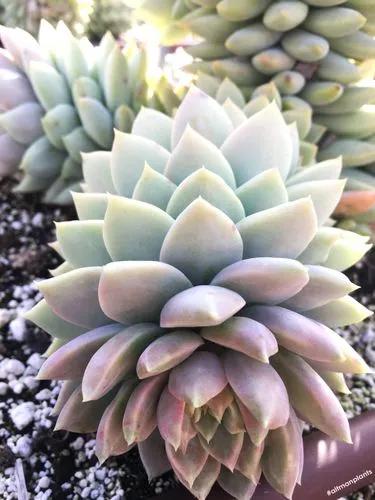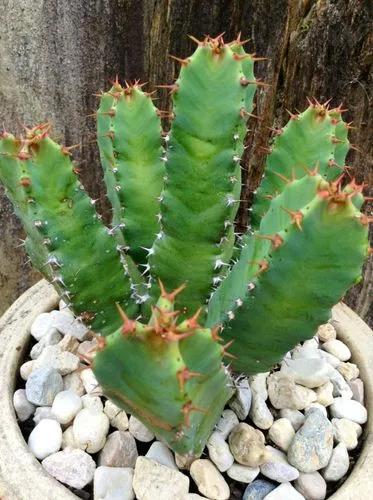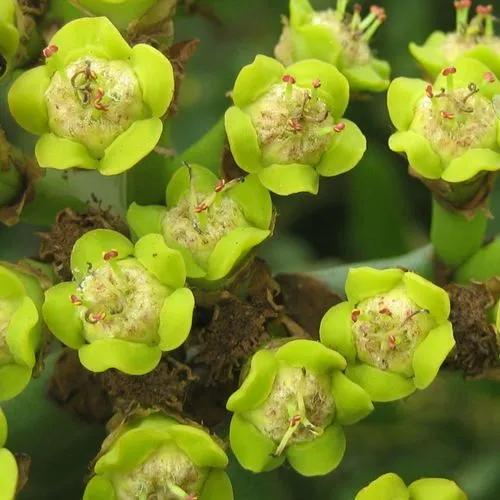Agave victoriae-reginae, the Queen Victoria agave or royal agave, is a small species of succulent flowering perennial plant, noted for its streaks of white on sculptured geometrical leaves, and popular as an ornamental.
Royal agave Care
Agave victoriae-reginae
Other names: Royal Agave, Queen Victoria Century Plant,



Agave victoriae-reginae is a very slow growing but tough and beautiful Agave. It is consider the to be one of the most beautiful and desirable species. It is extremely variable with the very open black-edged form sporting a distinct name (King Ferdinand's agave, Agave ferdinandi-regis) and several forms that are the more common white-edged form. Several cultivars have been named with different patterns of white leaf markings or no white markings or white or yellow variegation. It is endemic to the arid lower elevations of the Sierra Madre Oriental Mountains in the state of Coahuila and south of Nuevo Leon in north-eastern Mexico.
How to Care for the Plant

Water

Water well during spring and summer and let it become barely dry between waterings.

Fertilizer

Feed only twice a year, once in April and once in July with a water-soluble potassium-rich fertilizer.

Sunlight

The plant needs light shade to full sun exposure, but they prefer some afternoon shade during the hottest summer month to avoid being fried by sun.

Soil

The best soil for Queen century agave should be light, airy, sharply draining succulent soil. Include a great deal of grit in the soil mixture. A combination that is about 50% compost, potting soil or garden soil and 50% sharp sand, pumice, grit and/or gravel is ideal.

Temperature

It should be kept rather dry in winter or dormant season with minimum temperatures above zero in order to obtain good results, but it will tolerate quite low temperatures (-10°C), particularly when dry. But in cold climates it is adviseable to cultivate these plants in pots in order to protect them during the winter in dry, fresh rooms.

Container

Choose any type of container with enough drainage holes.

Popularity

85 people already have this plant 48 people have added this plant to their wishlists
Discover more plants with the list below
Popular articles






